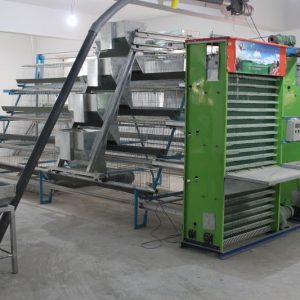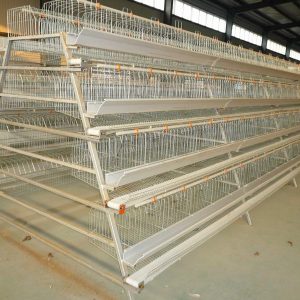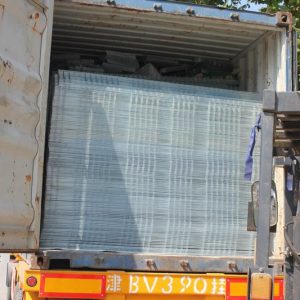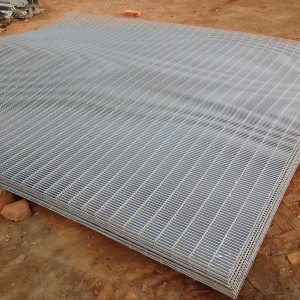
How to reduce feed waste in chicken farms
Feed costs account for about 70% of the total chicken production costs, and in actual work, due to unscientific feeding management, a large amount of feed is wasted. Then, we can take the following measures to reduce feed waste.
1. The structure of the trough should be reasonable and the height should be appropriate. Unreasonable trough structure and placement height will cause a large amount of waste of feed, which can be as high as 12%. If the trough is too small, shallow, without eaves, or placed too low, the chickens will easily fiddle with the feed and overflow; if the feeder is too large, too deep or placed too high, it will affect the feeding and growth of the chicken. Therefore, according to the age of the chicken, choose the appropriate size of the eaves trough, and it is better to place it about 2 cm above the height of the chicken back.
2. Add the right amount at a time. In the production of chickens, it is better to feed at a time no more than 1/3 of the depth of the trough.
3. The feed compound should be full price, and the nutrients should be balanced. Feed compounding must be in accordance with the feeding standards, otherwise excessive nutrient content will easily cause waste, and insufficient will affect the full performance of chicken production performance. Therefore, feed nutrients must be fully priced, balanced, and diversified as far as possible.
Fourth, the temperature of the chicken house should be appropriate. The temperature of the chicken house is too low, and the chicken needs higher energy to prevent cold, but the increase in feed intake will affect the utilization of feed. Therefore, it is necessary to pay attention to heat preservation and cold protection in winter, and the temperature in the chicken house should not be lower than 10 ℃ to reduce the energy consumption of the chicken body and reduce the waste of feed.
5. The breeder flock should eliminate roosters in time and adopt artificial insemination technology. In the brooding stage, male chicks consume about 25% more feed than female chicks. If it is not eliminated in time, it will not only consume more material, but also waste feed area, consume more manpower and material resources, and also interfere with the normal life of the mother and chick and affect its growth and development. Therefore, it should be eliminated in time. In addition, the male-to-female ratio of the breeder flock should be appropriate, because each rooster eats about 10 kilograms more than the hen in a year. Generally, the male-to-female ratio of laying hens is 1:15-20, and the ratio of broilers is 1:9- 14 is appropriate. At the same time, the artificial insemination technology is vigorously promoted. Artificial insemination can not only give full play to the male’s breeding ability, but also increase the male-female ratio to 1:30-50, thereby reducing a lot of feed consumption.
6. Eliminate sick, weak and disabled chickens at any time. Under normal circumstances, sick, weak, disabled, and oligoparous chickens account for 5-8% of the total number of hens, and up to 11% of the total number of hens. Most of these chickens do not lay eggs or have a very low egg production rate. Eliminated.
Seven, cut the beak in time. Beak cutting can not only prevent the occurrence of chicken pecking, but also effectively reduce feed waste by 5-7%. The general time for beak cutting is 6-9 days old and 12 weeks old.
8. Pay attention to preventing birds and rats. Sparrows and rats not only steal feed, but also spread epidemic diseases easily. Therefore, attention should be paid to preventing sparrows and rodents.
9. Timely inspect and repair the feeding equipment. When mechanical feeding, the feeding situation should be checked frequently, and if the feed is blocked or the equipment is damaged, it should be repaired and dredged in time to reduce unnecessary feed waste.
10. Store feed scientifically. If the feed is stored improperly, it will become moldy and deteriorate, and fat oxidation will increase, which will reduce the feed value. Therefore, the stored feed should be protected from light, ventilated and moth-eaten. Check this frequently, and deal with it in time if any problems are found.



